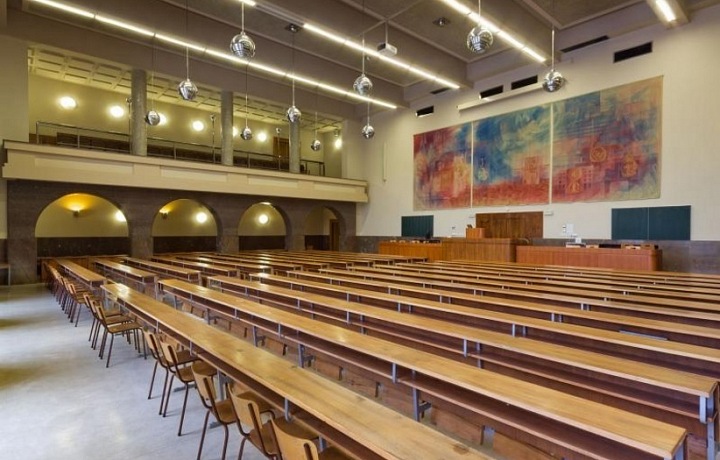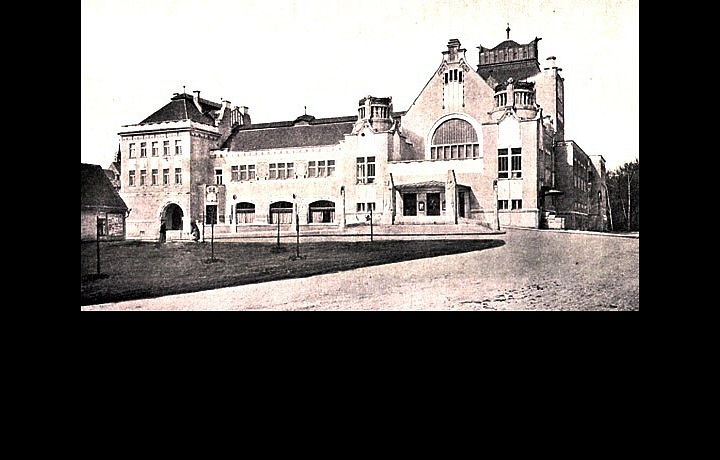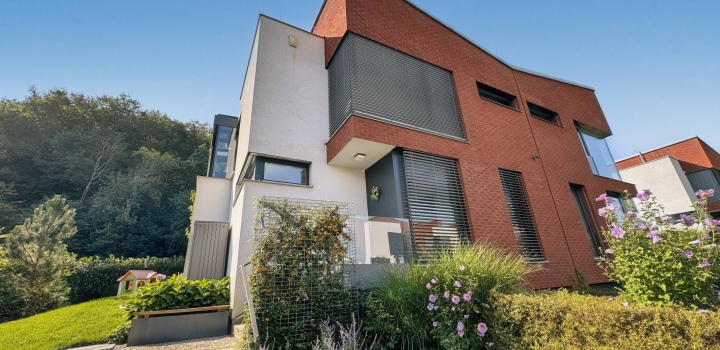Czech architects: The refined taste of Jan Kotěra
He followed an artistic path from a young age and thanks to two benefactors who discovered his talent, was able to attend the Vienna Academy of Fine Arts. Another important milestone which determined his artistic direction was a study trip through Italy.
The period of his early work is associated with the ornamental Art Nouveau. He designed the first Art Nouveau building in Prague – the Peterka House on Wenceslas Square. He enriched this decorative style to include his own individual approach, following the path of experiments with space and various compositional techniques. He has left his characteristic luxurious signature on the buildings he designed in his use of clean, unplastered brickwork. In his designs, he played around with purposeful simplicity and clear composition.
The Faculty of Law at Charles University in Prague
Jan Kotěra originally designed this in 1907 in the style of Art Nouveau, as a luxuriously appointed monumental building, but over the course of the years, it changed into a neoclassical building (1914). After his death (1923), the whole of this project was handed over to Ladislav Machoň. Construction took place from 1924 until 1931 and students first entered the building in September 1931. The architect Machoň respected Kotěra’s design, but supplemented it to include interior fixtures and specified the design of the entrance lobbies and halls in more detail. The luxurious interior, including the original features, is in perfect harmony with the building itself.
The National House in Prostějov
You could say that this is his masterpiece, in which he exhibited his refined artistic taste and talent. It was the year 1905 and Jan Kotěra was contacted with an offer of designing a fitting social and cultural building for the city. The building was approved and the opening ceremony was held in 1907. It represents the Art Nouveau style in its more modern form. Decorative features are represented here in a very sensitive manner and combined with a certain luxurious architectural purity. The artistic value of the building is also enhanced by the paintings and sculptures which adorn it (Jan Preisler, František Kysela, Bohumil Kafka etc.).
Other famous architectural designs
We can classify Jan Kotěra among the Art Nouveau architects, despite the fact that after 1910, he gravitated more and more towards contemporary classicising tendencies. His buildings for example include Všeobecný penzijní ústav on the banks of the Vltava or the luxurious Lemberg Palace in Vienna. The architect’s former signature is recalled here in use of bare brickwork around the windows on the first floor.
The Renaissance personality that was Jan Kotěra
Jan Kotěra was not only an architect and teacher, but also a designer of dishes, glass, wallpaper and furniture after the fashion of F. L. Wright. He also drew and painted using water colours. He was meticulous and precise in everything he did and left behind a unique legacy.


















